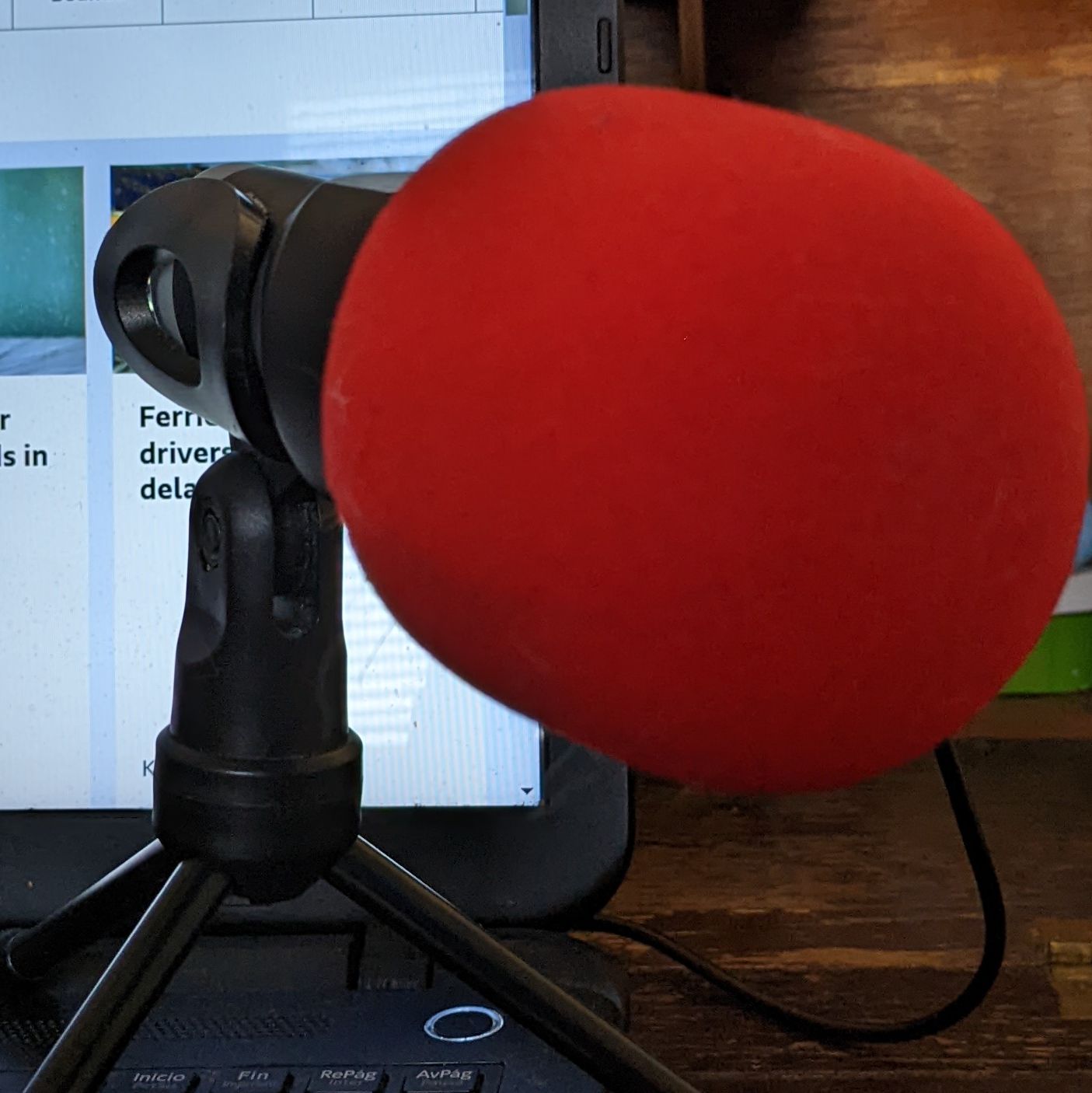
汉语语法之“了”
Descrição
1. - is used at the end of a sentence to indicate a change and to express a definite tone of voice
2. - The particle "了" can also be used in the structure "要/快/就要/快要 +V/Adj+了" to indicate that the action is about to happen or that the situation is about to change.
3. - The negative adverbs "没有" and "了" cannot occur at the same time. For example, you can either say "我没吃早饭" or "我吃早饭了", not "我没吃早饭了". However, the verbs "没有" and "了" can appear at the same time, e.g.: "我没有钱了."
4.- Some adverbs that emphasise the late occurrence of an action cannot occur at the same time as "了", e.g. "刚、才、刚刚", etc.
5.-Adverbs that indicate that the action occurs frequently and "了" cannot occur at the same time, e.g. "经常、常常、每", etc.
Canal de Podcast
Eva Wang的channel ——汉语语法对比合集
Autor
Todos os episódios

3 - La fête d'Émilie

Episódio 4 - Os quatro temperamentos

Especial Navidad 7-Año Nuevo

2 - El Bondi-Telo

Ser cuatro gatos

Bilingualism is a gift, not a threat

117. The very first Taiwanese guest 陳さん!

Robbie Swale (with transcript)
Episódios populares

Charlotte rencontre Pierre
3 - La fête d'Émilie

Aprenda português
Episódio 4 - Os quatro temperamentos

Blanca to go
Especial Navidad 7-Año Nuevo

Segurola y Habana Podcast
2 - El Bondi-Telo

Expresiones en español
Ser cuatro gatos

All About English and How You Learn It!
Bilingualism is a gift, not a threat

Real-Life Japanese with Kaichi
117. The very first Taiwanese guest 陳さん!

Teacher Joseph's Podcast
Robbie Swale (with transcript)